Time to Break Up with Running Records

“What’s his level?” It’s a question repeated over and over again in Australian Schools. It seems that everywhere you look kids are being tested using a popular benchmarking kit that ends up providing an instructional and independent level for reading. Let’s be honest. The idea of a ‘level’ is attractive. It gives us an easily measurable way to track progress in a child’s reading. The problem with this system is that it doesn’t effectively measure a child’s reading progress at all. This system involves children reading increasingly complex books. It encourages children to ‘guess’ words using the first letter and the pictures in the book and relies heavily on children learning a large bank of ‘sight words’.
Now, I know that this benchmarking might feel comfortable. It has been in schools for what feels like a begillion years (not a real number, but this is not a post about maths…). Everyone knows what the numbers mean and you can communicate ‘progress’ in a way that even the kids understand. I know all of this, but today I’m asking you to break up with benchmarking! Get rid of running records!
Here’s why:
1. Guessing isn’t reading
When children do not have the phoneme/grapheme correspondence to blend the words in front of them, they have a guess. They will likely be looking at the picture to have that guess, but it is a guess nonetheless This guessing leads to serious errors in decoding, which effects comprehension significantly. Those columns where you are asked to analyse whether errors are due to meaning, syntax or visual cues can be totally skipped. For beginning readers, you are only interested in where the errors of decoding occurred as this is the only strategy we want them using (more developed readers will use more than one strategy to decode, but effective blending is absolutely essential for this to occur). The ‘multi-cuing method’ or ‘three-cuing method’ is ineffective. You can read more about it in a post from Spelfabet. The link is at the end of this post.
2. Sights words aren’t really a thing.
The popular system I have referred to is built around children developing a large bank of ‘sight words’. As children read more and develop more automatic blending they begin to recognise more words effortlessly. This doesn’t mean that they learn or process the words as whole units or global shapes. Rather, proficient readers attend to all of the sounds in a word. I am not a neuroscientist, but Stanislas Dehaene is. Here is a presentation about reading and the brain.
3. It doesn't measure the right things
The benchmarking system used by most schools is a way to measure progress through this program. Nothing more. If your school teaches reading using a phonics program, measuring progress with this tool is a total mismatch.
4. It isn’t timed
Fluency development is a key aspect of learning to read efficiently and is necessary for comprehension. Your run-of-the-mill benchmarking system isn’t timed at all. So, a child could robotically sound out every word, use the pictures to answer questions and ‘pass’ the level, when they are not, in fact, functional readers. This makes the results open to interpretation and teacher judgement, which drastically impacts on the validity and reliability of the assessment.
So, let’s assume that you can see the logic of these points, the question remains, “How are we supposed to assess reading without benchmarking?”
Alternatives to Benchmarking for Measuring Reading Progress.
There are 5 areas in which you may choose to measure progress in reading. These areas form the 5 Key areas for reading. You may have heard them called ‘Big 6’ (to include oral language) or ‘Fab 5.
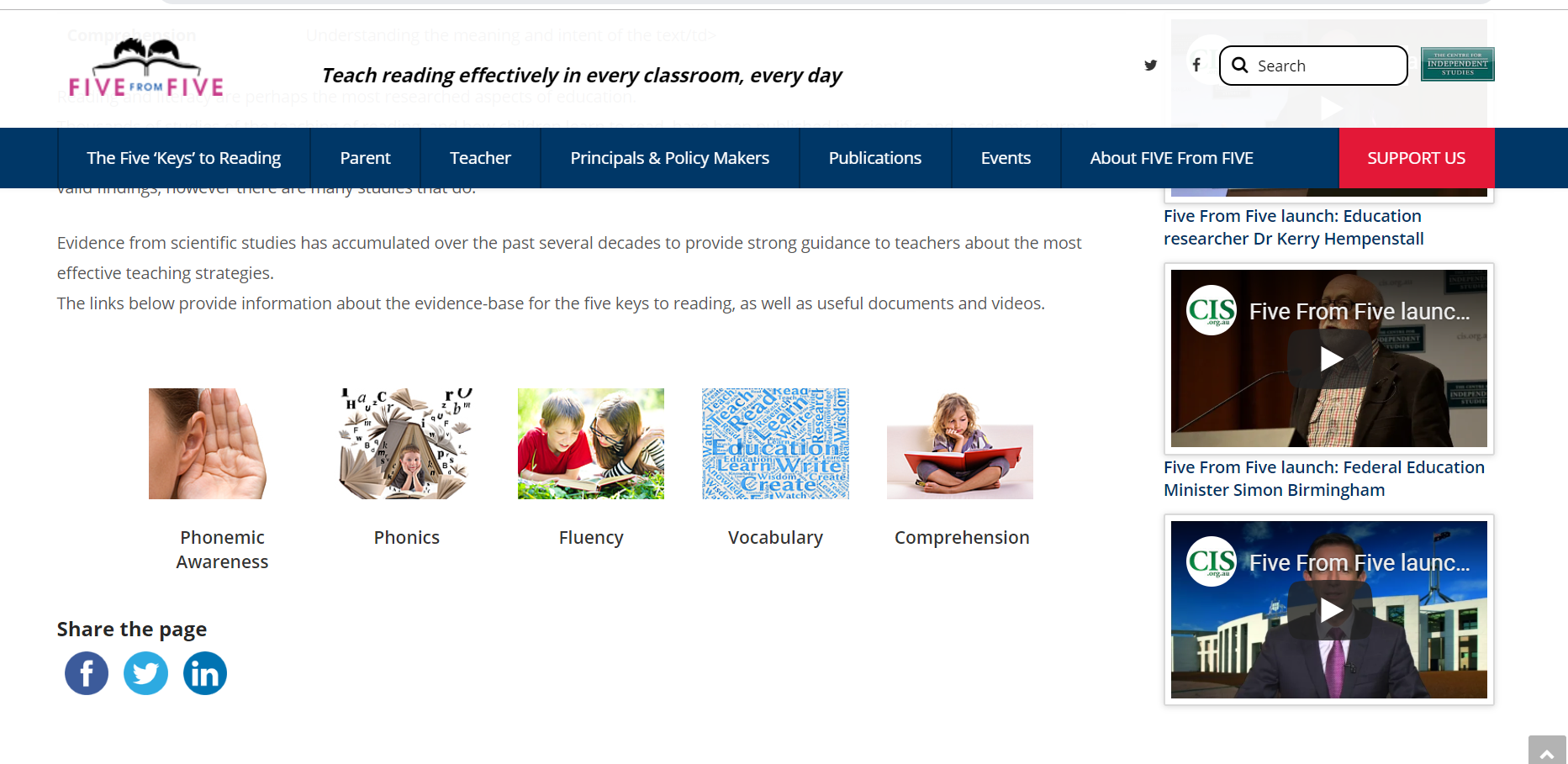
There are several standardized tools available to measure reading growth, but before we get to those, let us consider what we are measuring.
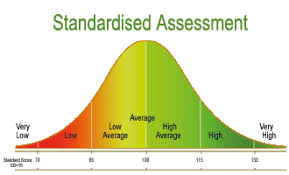
https://acalculia.org
Standardised assessments have been designed to measure a child's abilities compared to other children his or her age. This means that you can be sure about whether a child is performing at a level that is appropriate for the child’s age or stage of schooling. Non-standardised assessments, such as those used to track a child’s progress through a reading program, measure progress through a set of skills, and may not be linked to expected norms. There is less certainty about whether the child is achieving where they should be and we can be caught in the trap of comparing the child with the students around them. This can lead to poor assessment in reporting as we think, “He’s at the top of the class. Must be an A or B for reading”, when in fact, a C grade would be more appropriate.
Skill Number 1 - Phonological and Phonemic Awareness
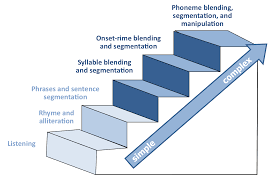
Phonological awareness is the ability to hear sounds in spoken words. We are showing phonological awareness when we clap syllables in words and identify whether or not two words rhyme.
Phonemic awareness is the ability to manipulate those sounds, such as when we blend and segment or swap the starting sound of a word orally to make a new word.
How to measure this
Some examples of easily accessible phonological and phonemic awareness assessments include:
Sutherland Phonological Awareness Test (SPAT)
A commercially available assessment that you can purchase from ACER. Chances are, this assessment is already in your school. It is standardised, norm referenced and very reliable.
Phonological Awareness Skills Test (PAST)
This is a very easy to use assessment, designed to be delivered one to one in an interview style. You will find a PDF of the assessment and the accompanying guide at the end of this post. The guide does indicate when children typically acquire certain skills, but it is not standardized. For most of your students, it would be just fine.
Foundations of Early Numeracy Assessment (FELA)
If you teach in the Northern Territory, this assessment is available to you via Learning Links. Otherwise, you can order it at the link below or directly from ACER.
Skill Number Two - Phoneme/Grapheme Correspondence
Students need to know the letters/letter grouping (graphemes) that are used to represent all the sounds of English (phonemes). Without this, children do not have word attack strategies to tackle unfamiliar words. They rely on a small bank of familiar words and soon reach the point where they can no longer effectively decode. A comprehensive phonics program, where children are systematically taught the full alphabetic code, forms the foundations for effective reading.
How to measure this
- If your school uses a phonics program, it will likely have a method of assessment and tracking.
- The Australian Curriculum Literacy Learning Progression outlines stages of phonics learning. The step PKW8 should be reached by the end of year 3.
- The MOTIF tests are freely available once you sign up. This site contains a range of assessments for the early stages of reading development. The LeST provides an indication of student achievement in letter/sound correspondence up until year 3.
- SPELD has a range of assessment resources freely available
Skill Number Three - Fluency
Fluency is more than reading rate or speed. It includes prosidy (reading with expression) and is heavily influenced by accuracy at word level.
It can be difficult to know what the expected rate of fluency is. The Australian Curriculum Learning progression uses rather vague terms such as “reads aloud a predictable text at a flowing pace, pausing to attend to more complex punctuation” and the content descriptors are not much more help than that.
“They read texts that contain varied sentence structures, some unfamiliar vocabulary, a significant number of high-frequency sight words and images that provide extra information. They monitor meaning and self-correct using knowledge of phonics, syntax, punctuation, semantics and context. They use knowledge of a wide variety of letter-sound relationships to read words of one or more syllables with fluency.”
If you are like me, you read this and say, OK, but what does this look like in practice? Where are the numbers that help me feel certain about making the judgement? (hence, the reason, we like the benchmark. It give us a number to feel certain about!)
How to measure this
Edith Cowan University has described acceptable reading rates at different grades:
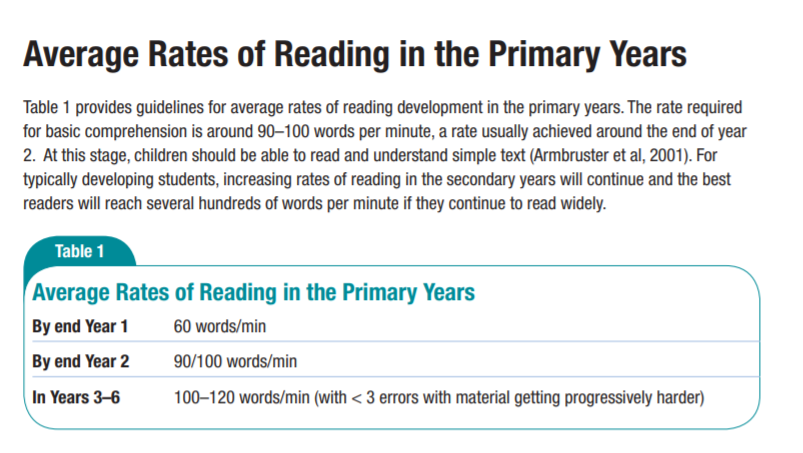
Note the minimal number of errors allowed. Regular ‘benchmarking’ does not measure fluency at all (in terms of words per minute) and allows an unacceptably high number of errors at each ‘level’.
- DIBELS is a freely available suite of reading assessment that tests a range of aspects of reading, including comprehension. It is standardized and schools using this, report great success.
- Reading A-Z has a range of time reading passages. They aren’t established, standardized assessments, but could be an effective way to measure student progress in an informal way.
Skill Number Four - Vocabulary
Vocabulary isn't really a skill but in the interest of keeping my headings consistent, I have called it one. As a teacher, I wouldn’t assess vocabulary in the same systematic way as fluency and accuracy, however its development significantly influences a student’s level of comprehension and should be included in your teaching each day.
Skill Number Five - Comprehension
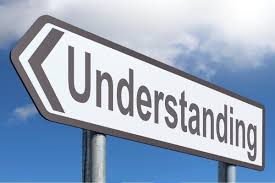
The 4 skills described above lead up to the ultimate point of reading, comprehension. Comprehension simply means understanding what you read and is grounded in background knowledge and vocabulary. Reading accuracy and fluency enable comprehension of written texts.
How to measure this
Comprehension can be measured in several ways and is included in quality reading assessments.
- The PAT-R is an assessment completed by many schools and provides norm-referenced scores for different grades. (although this is not a great measure for beginning readers)
- The NEALE reading analysis is a well-established assessment, which provides a reading age for accuracy, fluency and comprehension.
- DIBELS assessment requires the child to retell the passage they have just read – an accepted method of assessing comprehension.
- The Jennings Informal Reading assessment is found at the link below. I have no information about reliability, but it could be a useful tool.
A Word on Assessment
As teachers, your time is limited so make sure that which every assessment method you choose is appropriate for your students and will result in data that you can actually use to decide on next steps for teaching. All any parent really wants to know is “is my child reading at an appropriate level?” and “Are they OK?” Effective assessment procedures and tools enable you to make that determination and identify students who may be experiencing difficulties so that you can provide appropriate interventions in a timely manner.
Be careful that you are not over-assessing. In our school, we monitor phonics development twice per term. This is a quick check-in to ensure that students are progressing at the expected rate in identifying ‘sounds’ and reading with them effectively. It is informal in nature and allows us to have data conversations with students about their learning. More formal assessment such as PAT are done once each year and standardized reading assessment once per semester in time for reporting.
Useful Links
- https://www.spelfabet.com.au/2016/08/multi-cueing-teaching-the-habits-of-poor-readers/
- https://www.fivefromfive.org.au/five-keys-to-reading/
- https://shop.acer.edu.au/sutherland-phonological-awareness-test-revised-spat-r-starter-kit
- Phonological Awareness Skills Test. https://assessmentkit.weebly.com/uploads/2/5/9/2/25921693/pastscript.pdf https://assessmentkit.weebly.com/uploads/2/5/9/2/25921693/past_assessment_overview.pdf
- FELA http://www.roslynneilson.com.au/tests
- https://www.motif.org.au/home/tests
- https://speld-sa.org.au/service/224-synthetic-phonic-assessment-resources.html
- Document about fluency https://www.ecu.edu.au/__data/assets/pdf_file/0005/663701/SA-DECS-Fluency-doc.pdf
- https://dibels.uoregon.edu/assessment/dibels
- https://www.readinga-z.com/assessments/fluency-timed-reading/
- Jennings Informal Reading Assessment http://wps.ablongman.com/wps/media/objects/2688/2753469/Richek_AppD.pdf
Do you have a great assessment that you would like to share with other teachers? Share it in the comments below.


 Jocelyn Seamer Education
Jocelyn Seamer Education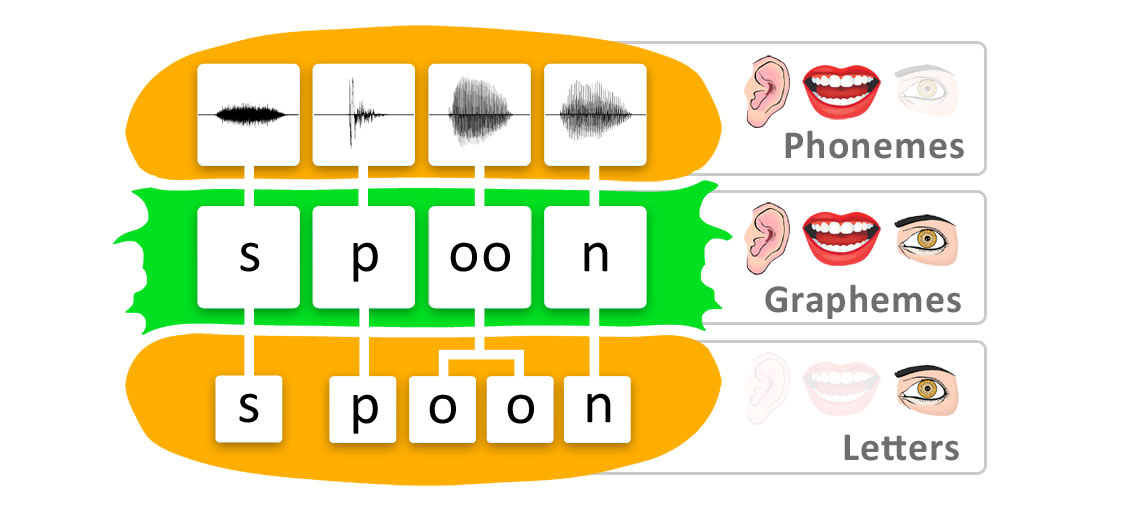
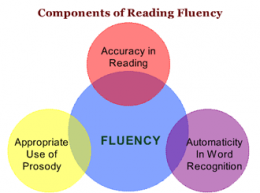
15 comments
Thanks for your informative blogs and posts.
The CUBED assessments are well worth looking into. It has reading and a listening comprehension components.
Leave a comment